Summer Tomato Survival: Tips for Thriving in the Heat
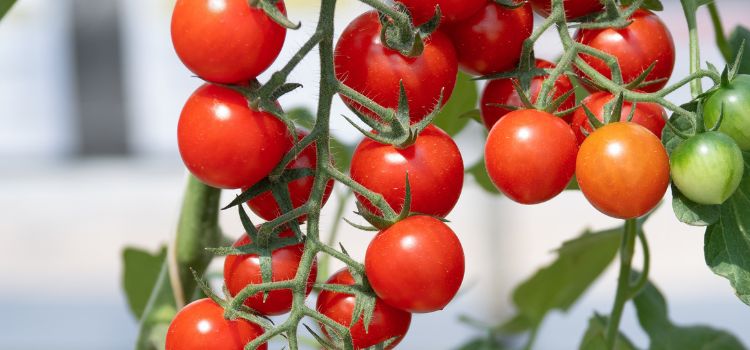
Summer heat can test the resilience of your garden, especially your tomatoes. While not all varieties can withstand the scorching temperatures, with the right preparation and care, you can ensure a successful harvest. Here’s everything you need to know about growing tomatoes during the hottest months.

Out of the 700+ tomato varieties available, about 50 thrive in Arizona’s summer conditions. To begin, it’s important to understand the two main types of tomatoes:
1. Determinate Tomatoes: Also known as bush tomatoes, determinate varieties have a defined growth cycle. They produce fruit during a single season and then stop growing.
2. Indeterminate Tomatoes: These vining varieties grow continuously, producing fruit year-round and lasting for multiple seasons.
For summer gardening, indeterminate varieties are particularly valuable. Here are three that stand out:
- Sweet One-Hundred Cherry Tomatoes: Known for their adaptability and delicious flavor, these are ideal for summer heat.
- Large Cherry Tomatoes (Heirloom Variety): A hearty option for hot climates.
- Yellow Pear Tomatoes: Their unique shape and robust productivity make them a summer favorite.
Key Strategies for Success
Shade is a crucial ally in growing tomatoes during hot weather. Use 30–40% shade cloth to protect your tomatoes from the intense sun, which can cause stress and damage to the leaves.
Watering needs are significantly higher during summer. Tomatoes require consistent hydration to combat heat stress, but be cautious not to overwater, as this can lead to root rot. Use deep watering methods to ensure moisture reaches the root system.
Feed your tomatoes monthly with balanced fertilizers rich in essential nutrients like nitrogen, phosphorus, and potassium. Additionally, calcium sprays applied to the underside of leaves at night can aid in nutrient absorption and promote healthier plants.
Mulching is another effective way to retain soil moisture and regulate temperature around the root zone. Use organic mulch like straw or wood chips to create a protective barrier against the summer heat.
Understanding Pollen and Pollination
Pollen activation is temperature-sensitive, especially for traditional tomato varieties, which typically stop producing viable pollen at 95°F. Without active pollinators, fruit production halts. The mentioned summer varieties, however, can tolerate pollen activation temperatures up to 105°F—though anything beyond that remains a challenge. To boost pollination, attract pollinators like bees by planting companion flowers nearby or using manual pollination techniques such as gently shaking the plants or using an electric toothbrush to mimic bee vibrations.
Choosing Tomatoes for Heat Resistance
Smaller cherry tomatoes are particularly resilient in the heat due to their thicker skins, which help them retain moisture and resist damage. Larger tomatoes are more prone to splitting under summer conditions.
If you’re considering expanding your garden, look into heat-resistant hybrid varieties like Solar Fire, Phoenix, or Heat Master. These are specifically bred to tolerate high temperatures while maintaining fruit production.
Planting Tips
- Space your tomato plants adequately to promote airflow and reduce the risk of disease.
- Ensure that your planting area receives morning sunlight and partial shade during the hottest parts of the day.
- Regularly inspect your plants for signs of stress, pests, or diseases, and address any issues promptly.
Expert Guidance for Your Summer Garden
Feeling uncertain about how to tackle the summer gardening challenge? Begin with a personalized consultation to identify the best plants for your yard. Visit Agriscaping.com to learn more and discover tips, techniques, and solutions to help your tomatoes not just survive but thrive in the summer heat.

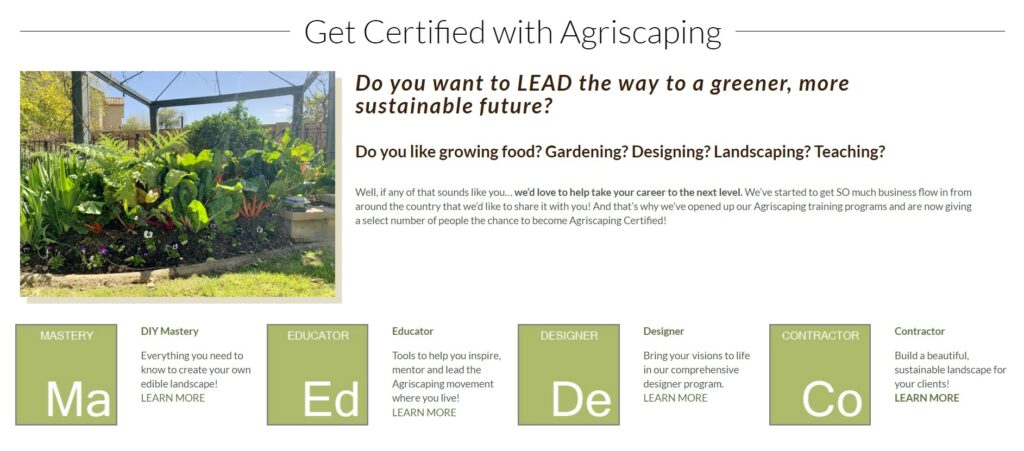
Read Our Latest Posts…
- Innovations in Elegant Edible Landscaping
 Expert tips for desert gardening, from plant zoning and efficient irrigation to soil care and agriscaping for a sustainable landscape.
Expert tips for desert gardening, from plant zoning and efficient irrigation to soil care and agriscaping for a sustainable landscape. - Herbs: More Than Just a Pretty Face
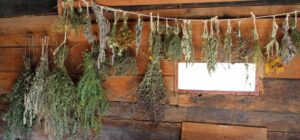 Expert tips for desert gardening, from plant zoning and efficient irrigation to soil care and agriscaping for a sustainable landscape.
Expert tips for desert gardening, from plant zoning and efficient irrigation to soil care and agriscaping for a sustainable landscape. - 4 Tips for Raised Garden Success
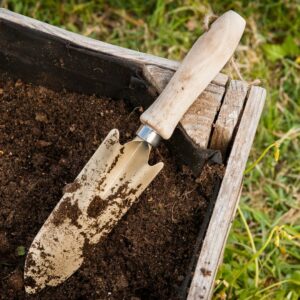 Expert tips for desert gardening, from plant zoning and efficient irrigation to soil care and agriscaping for a sustainable landscape.
Expert tips for desert gardening, from plant zoning and efficient irrigation to soil care and agriscaping for a sustainable landscape. - Mastering Microclimates And Optimize Your Yard for Year-Round Growing
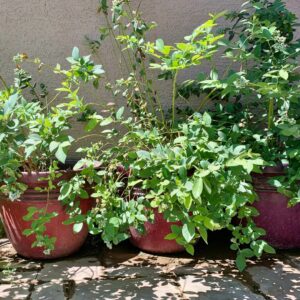 Expert tips for desert gardening, from plant zoning and efficient irrigation to soil care and agriscaping for a sustainable landscape.
Expert tips for desert gardening, from plant zoning and efficient irrigation to soil care and agriscaping for a sustainable landscape. - What Is a Cocktail Fruit Tree?
 Expert tips for desert gardening, from plant zoning and efficient irrigation to soil care and agriscaping for a sustainable landscape.
Expert tips for desert gardening, from plant zoning and efficient irrigation to soil care and agriscaping for a sustainable landscape.
